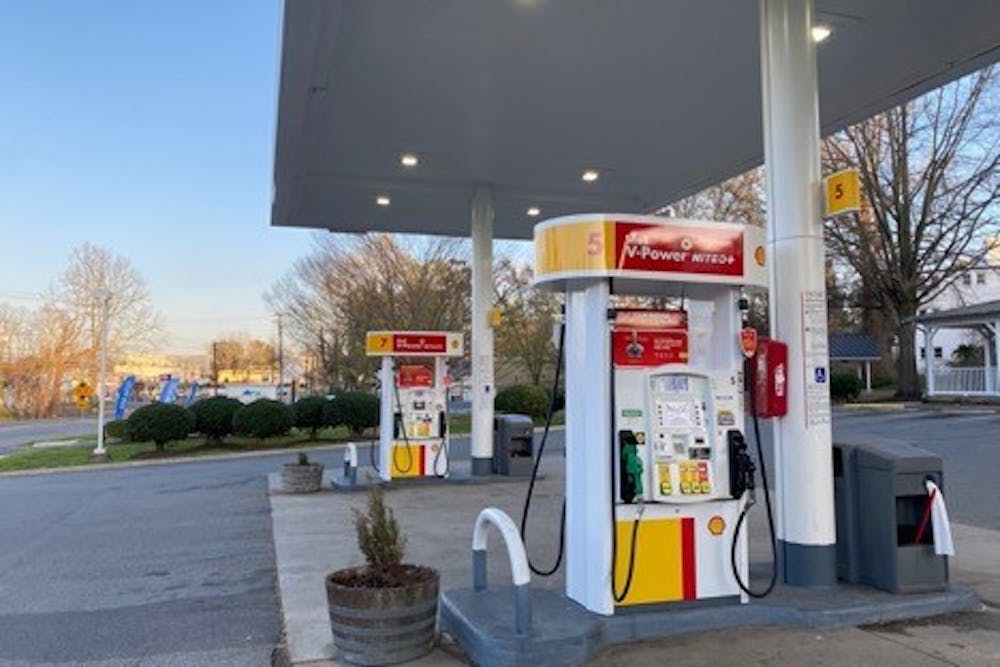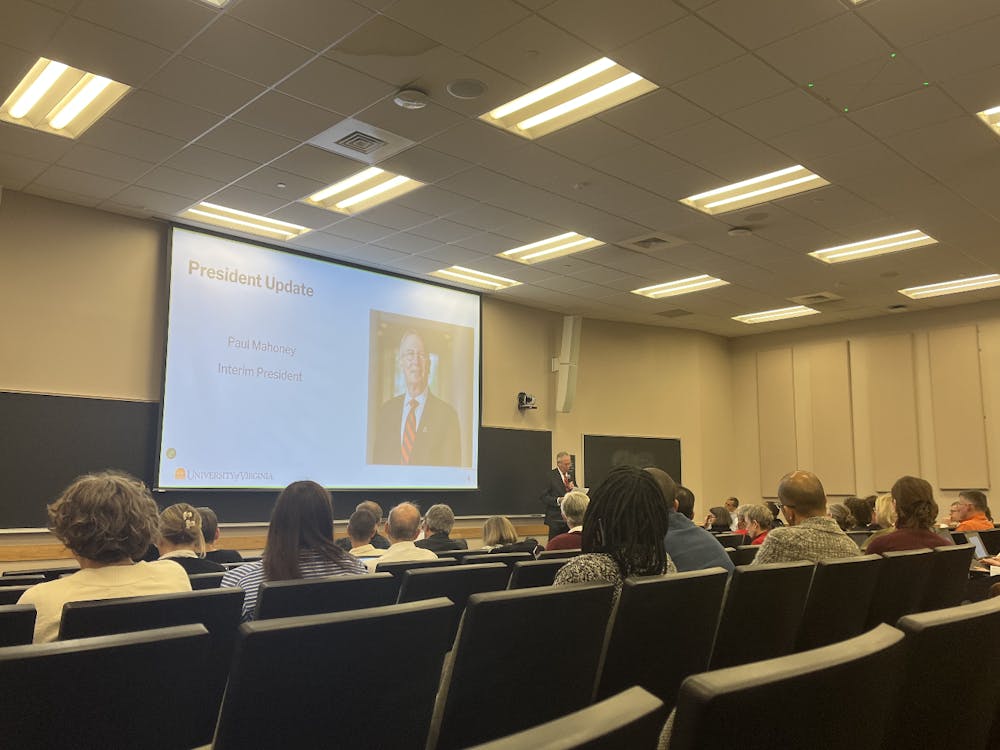Over the past month, University students with cars on Grounds have felt the effects of a sharp increase in gas prices due to economic sanctions imposed on Russia — students have limited the amount they drive and many adjusted spring break plans as prices average $4.10 a gallon, the highest in almost 14 years.
The conflict between Russia and Ukraine — which has been ongoing since Russia’s seizure of Crimea in 2014 — escalated following Russian President Vladimir Putin’s invasion of Ukraine Feb. 24. In the past month, Russia has attacked over 20 attacks Ukrainian cities, around 20,000 deaths and over 10 million civilians displaced from their homes.
Though the war is occurring on a different continent, the implications of the conflict have been felt globally — because oil is traded on a global market, sanctions and shortages affect the global supply of gasoline. President Joe Biden announced the first round of U.S. sanctions on Russia by freezing certain business between Americans and Russians Feb. 22.
Third-year College student Abby Adams said she plans to change some of her habits based on the high gas prices.
“I do like to go hiking probably more than the average person, and now that it’s getting warmer out, I feel like I might hike less because of the increased gas prices,” Adams said.
As one of biggest exporter of gas, the sanctions against Russia have proven difficult for global markets. After blocking Russian imports, other countries were left to find alternative viable exporters for resources such as gas — by potentially lifting sanctions on Venezuelan oil or increasing exports from Saudi Arabia, Iraq, Kuwait and the United Arab Emirates.
The rising gas prices have placed additional stress on those who need to regularly refuel their cars with gas. The last time gas prices have reached more than $4 a gallon was in 2008, almost 14 years ago.
Third-year Commerce student Sanjeev Kumar had plans to visit his friends at different universities — including the College of William and Mary — over spring break. He ultimately decided against the extra road trips because of the increased prices.
“A full tank is now about $25 to $30 more than what I normally spend, and [getting gas] normally wouldn't be too bad,” Kumar said. “But when you're having that much gas, especially if you're traveling and like hundreds of miles, it adds up really fast.”
Second-year College student Caroline Parmentier also changed her consumption habits after seeing prices in the four dollar per gallon range.
“I only fill up my tank halfway with the expectation that the prices would go down soon,” Parmentier said.
Governor Glenn Youngkin expressed sympathy for Virginians as he pumped gas during an event in Henrico County. Youngkin has proposed to suspend the state tax on gasoline to help Virginians better afford gas.
Fourth-year Education student Emma Rosenfeld drives twice a week to a physical therapy clinic, where she completes a practicum for her major in kinesiology. Rosenfeld said gas prices have caused her to limit unnecessary travel other than the practicum.
“Before [the increased prices], I didn’t really worry about doing my errands on my way home from the clinic, but now I try to make a point to do whatever I can on my way home,” Rosenfeld said.
Debates about the appropriate action for lowering gas prices have persisted in Virginia’s divided General Assembly. After Republicans passed legislation to lower the state’s gasoline tax in Virginia’s House of Representatives, Democrats in the Virginia State Senate blocked the bill.
Adams said only traveling locally has helped her combat the high gas prices.
“I feel like the increased gas prices haven't really affected me that much, just because I haven't really gone home that much this semester,” Adams said.
Gas prices are expected to continue rising throughout the year with a possibility of reaching five dollars per gallon.







